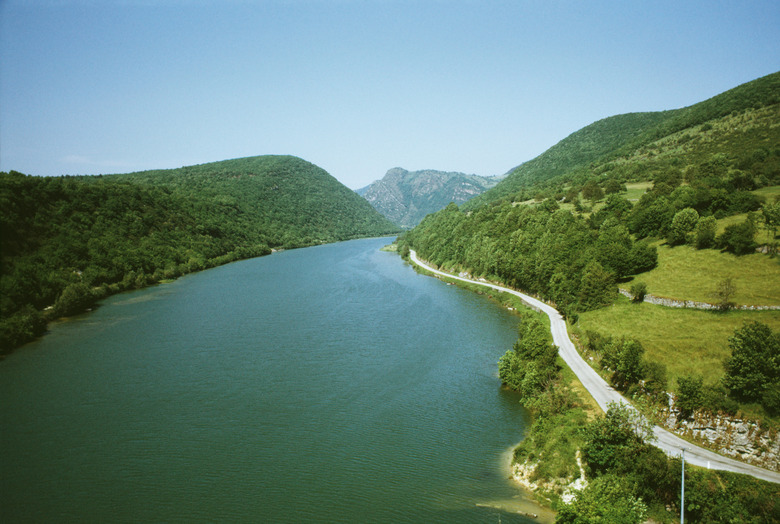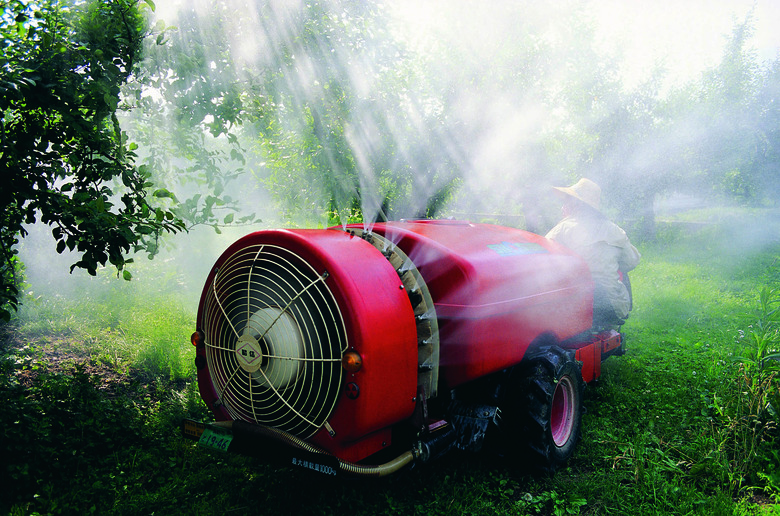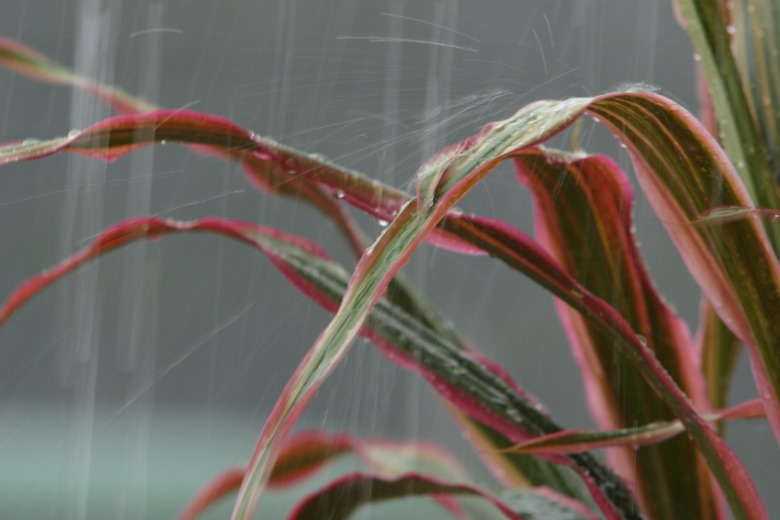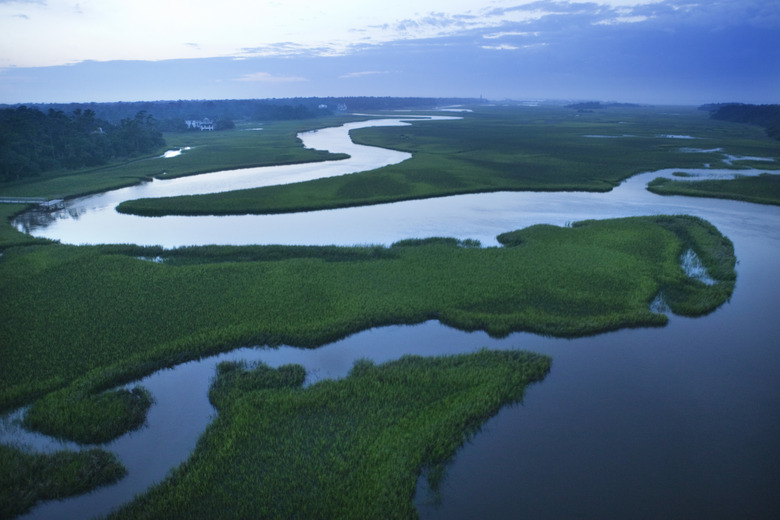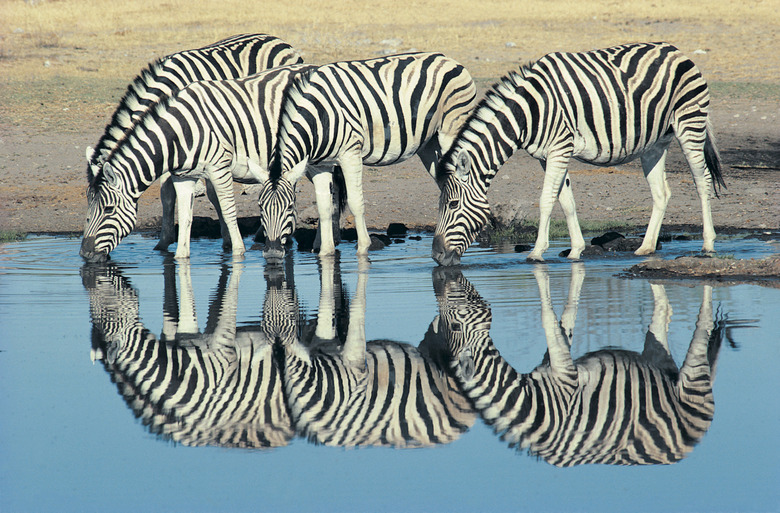The Effects Of Water Pollution On Plants & Animals
Water pollution is a serious threat impacting over 40 percent of U.S. rivers and 46 percent of lakes, according to U.S. Environmental Protection Agency figures. Whether direct or indirect, accidental or intentional, pollution of our waterways not only affects animals and plants, but the ecosystem itself. Hazardous waste, heavy metals and mercury can damage the health of an ecosystem to a point where it cannot recover.
Significance
Significance
Mercury is the primary cause of contamination in U.S. estuaries and lakes. This highly toxic pollutant is responsible for over 80 percent of human fish consumption advisories, affecting over 10 million acres of lakes, by U.S. Geological Survey figures. It gets into the environment through emissions from coal-fired utilities and industrial boilers. Once in the atmosphere, it undergoes a process called methylation to become the more toxic form, methylmercury. Mercury is persistent in the environment. It accumulates in plants and animals, which then become prey to higher predator in the food chain, accumulating in animal tissue.
Types
Types
Other pollutants also affect water resources. According to the EPA, over 300 million tons of pesticides are used each year, often ending up in waterways, the majority being classified as carcinogens. Pesticides in water bodies can cause fish kill and through the decomposition of animal material, lower pH and oxygen levels, unsustainable for life. Fertilizer use has similar impacts. High levels of nitrogen, phosphates and phosphorus into waterways can encourage the growth of invasive plants, again setting up a scenario of altered water quality.
Effects
Effects
Water quality is also compromised by air pollution through acid rain. Acid rain occurs when contaminants such as sulfur dioxide and nitrogen oxide combine with moisture in the air in a process fueled by sunlight. The result is precipitation with acidic pH levels. The acid rain can cause immediate plant and animal distress or death in high concentrations. The effects are especially dire when the pH levels of waterways are altered. Soil contamination can also occur, making entire environments unfit for life.
Considerations
Considerations
More disconcerting are the potential long term effects of toxins in the environment. Many contaminants are known to accumulate in plant and animal tissues. Stricter regulating of industries is needed to slow further contamination. While the EPA has identified run-off from agriculture as the biggest source of water pollution, regulations are not in place to control this industry. Meanwhile, pesticides and other pollutants continue to make their way into our waterways, increasing the risk of further damage.
Warning
Warning
At some point in their life cycle, over 70 percent of terrestrial animal species are dependent upon water. Yet, despite the warnings, water pollution continues. Sewage overflows, legal or not, continue to dump bacteria, parasites, and toxic chemicals into waterways. Coastal environments continue to be imperiled by oil spills, killing wildlife and causing millions of dollars in property damage. Unless measures are taken, the very water we drink is in danger.
Cite This Article
MLA
Rogers, Chris Dinesen. "The Effects Of Water Pollution On Plants & Animals" sciencing.com, https://www.sciencing.com/the-effects-of-water-pollution-on-plants-animals-13636445/. 26 September 2017.
APA
Rogers, Chris Dinesen. (2017, September 26). The Effects Of Water Pollution On Plants & Animals. sciencing.com. Retrieved from https://www.sciencing.com/the-effects-of-water-pollution-on-plants-animals-13636445/
Chicago
Rogers, Chris Dinesen. The Effects Of Water Pollution On Plants & Animals last modified August 30, 2022. https://www.sciencing.com/the-effects-of-water-pollution-on-plants-animals-13636445/
